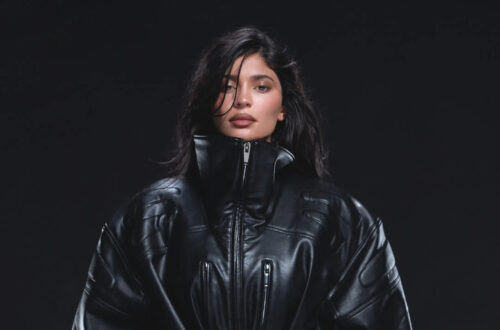Once synonymous with luxury and status, fur has seen a steep decline in the global fashion industry. Historically, fur symbolized opulence and exclusivity, adored for its natural warmth, tactile appeal, and durability. Designers like Christian Dior, Yves Saint Laurent, and Fendi transformed it into a fashion icon, creating innovative designs that embodied elegance and sophistication. Hollywood amplified its allure, with stars like Marilyn Monroe and Elizabeth Taylor gracing the silver screen in fur, cementing its association with glamor.

Marilyn Monroe
At its peak, fur was not just a fashion statement but a marker of wealth and timeless luxury. Fur coats, stoles, and accessories were often passed down through generations, highlighting their craftsmanship and durability. However, this image began to waver in the late 20th century, as cultural and ethical shifts started challenging the industry’s dominance. The global fur industry reached its zenith in 2013, with exports valued at $14.7 billion. Since then, the trade has suffered a dramatic downturn, plummeting to just $3.4 billion in 2022, according to Euromonitor International. This marks the lowest point since the early 2000s, signaling a near five-fold decline in under a decade.

The decline is not a passing trend but due to mounting cultural and ethical pressures. Decades of animal rights activism, amplified by social media, turned fur into a symbol of cruelty rather than luxury. Advocacy groups like PETA and Humane Society International have relentlessly campaigned against the fur trade, often using powerful imagery and celebrity endorsements to sway public opinion. The fashion industry has responded to this cultural shift. In 2017, Gucci declared fur outdated, joining major brands like Calvin Klein, Ralph Lauren, Tommy Hilfiger, and Armani in adopting fur-free policies. Retail giants such as Selfridges and Neiman Marcus followed suit, banning fur products altogether. This collective rejection from designers and retailers has significantly curtailed fur’s presence in the luxury market. Even popular culture reflects this shift. In the rom-com series, Nobody Wants This, a character wearing a chinchilla coat is met with disgust, prompting her to clarify it’s fake. Such moments underscore how fur is increasingly viewed as socially unacceptable in Western markets.
Beyond cultural changes, geopolitical and health crises have dealt severe blows to the fur industry. The COVID-19 pandemic exposed vulnerabilities in mink farming, a cornerstone of fur production. Outbreaks at mink farms led to mass culling, effectively ending production in Denmark, once the world’s largest mink pelt producer. Russia’s war in Ukraine disrupted one of the industry’s key trade hubs, while an economic slowdown in China, another critical market, further dampened sales. Politicians have also joined the movement against fur. California and Israel have implemented fur sales bans, and other regions, including New York, Switzerland, and Poland, are considering similar measures. Romania recently voted to phase out fur farming by 2027, signaling a broader trend of legislative action against the industry.
The collapse of the fur industry reflects broader changes in the definition of luxury. Consumers today prioritize sustainability and ethical practices, seeking alternatives that align with their values. Faux fur and other innovative textiles now dominate, offering the aesthetic appeal of fur without the associated ethical concerns.

Louis Vuitton is one of the highest-profile luxury brands that has resisted calls by animal rights advocates to stop using fur
While fur once represented timeless elegance, its association with animal cruelty and environmental impact has rendered it obsolete in many markets. As the world moves towards more sustainable and cruelty-free practices, the fur industry’s decline may well mark the end of an era in fashion.
By Anna Mazzallon
Sources:
- https://www.furfreealliance.com/fur-bans/
- https://www.businessinsider.com/rise-and-fall-fur-industry-faux-mink-2022-2
- https://www.euronews.com/business/2023/10/12/eu-fur-ban-is-the-european-fur-industry-in-danger
- https://www.businessoffashion.com/articles/sustainability/fur-lvmh-sales-animal-welfare/




